Bahia, otherwise known as the “African Capital of Brazil” is one of the most well-regarded and culturally rich states in Brazil.
Home to the coastal city of Salvador, the first-ever capital of Brazil, Bahia is filled with history, atmosphere and culture that has led many to claim that the very soul of Brazil resides in this region. And you don’t have to go far to see why.
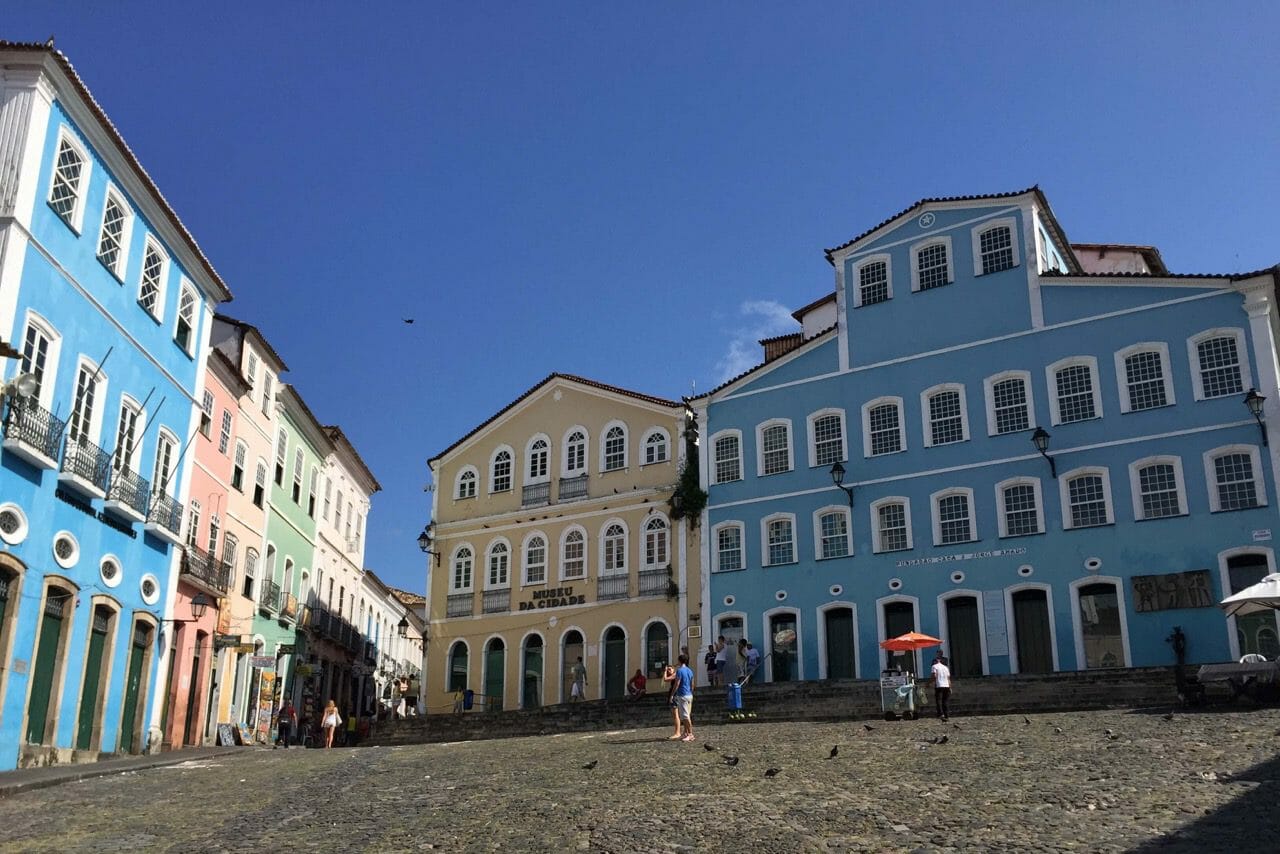
On the southern coast of Bahia, the beautiful city of Porto Seguro is where Pedro Alvares Cabral first “discovered” the ancient lands of Bahia in 1500.
Cabral claimed the land for the Portuguese Crown before proceeding with his mission to India. Under Portuguese rule, the city of Salvador was established and soon became the administrative and cultural epicentre of the Portuguese-owned areas in the Americas.
The following year, Italian Amerigo Vespucci arrived in Salvador and named Baía de Todos os Santos, or the Bay of All Saints, after he found it on All Saints Day. The bay became a distinguished part of the region, which subsequently led to the state being known as Bahia (“Bay”).
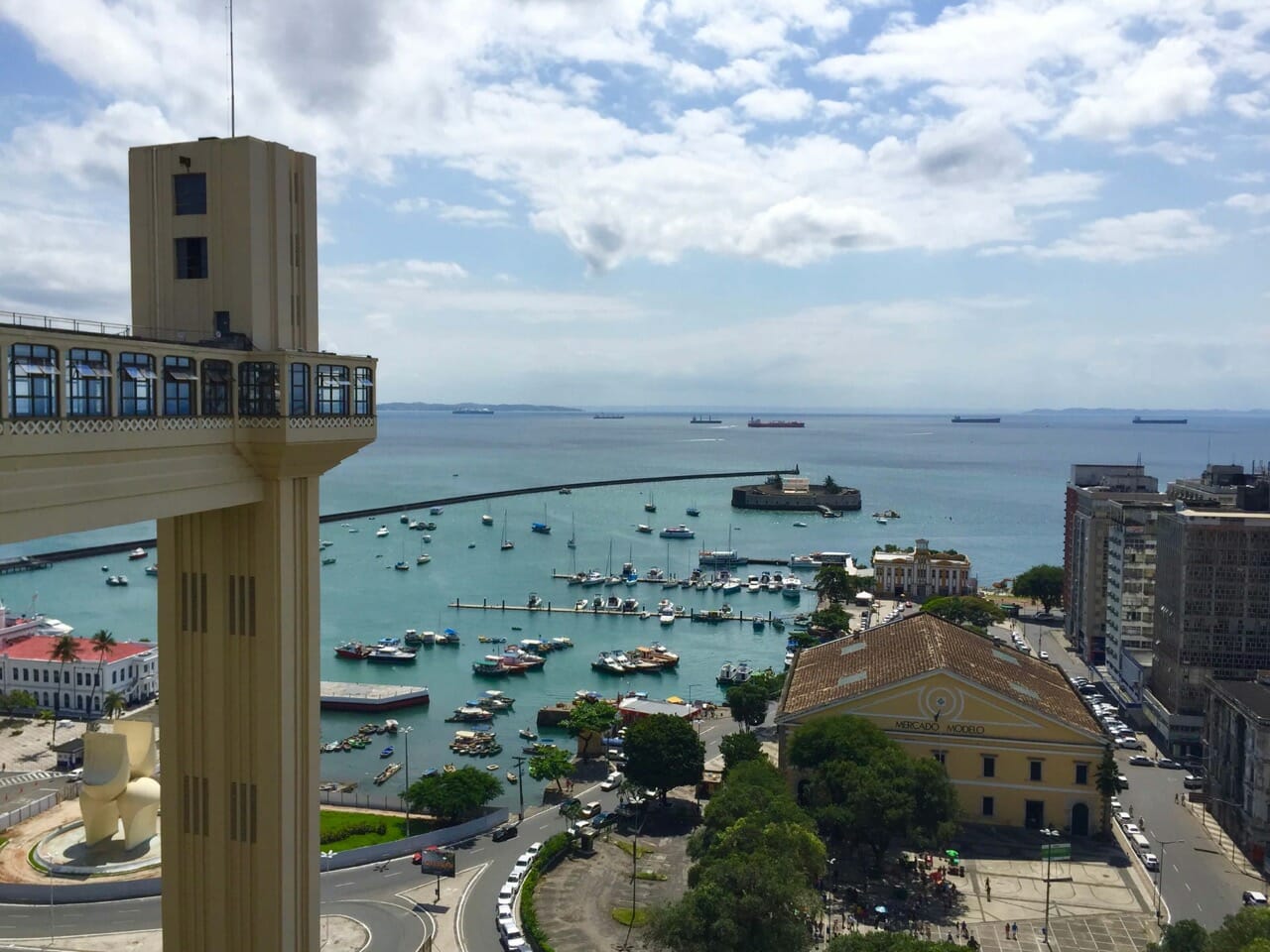
Bahia: Food and Culture
Following its “discovery”, Salvador de Bahia soon became the site of the first slave market in the New World, leading to a unique blending of European, African and Amerindian cultures.
African slaves were used heavily on the region’s sugar plantations, which led to the area becoming the center of sugar cultivation and the slave trade between the 16th and 18th centuries.
Strong links to Western Africa are evident throughout Bahia, from the African-derived samba to spicy African foods and the development of the martial art of capoeira.
To get the real experience of Bahia, many tourists opt to take capoeira or samba lessons from some of the world’s greatest teachers during their time in the region.
Getting to know the culture through music and dance is one thing, but a direct route to the heart of Bahia is through the sampling of its traditional food. Known for its African influences, the indigenous and Portuguese elements of Bahian cooking are evident in dishes such as moqueca, which is a hearty fish stew available throughout the region.
The laid-back nature of Bahia means that cuisine is to be enjoyed slowly here; so, if you find the food on the spicy side, simply take your time and drink plenty of water!
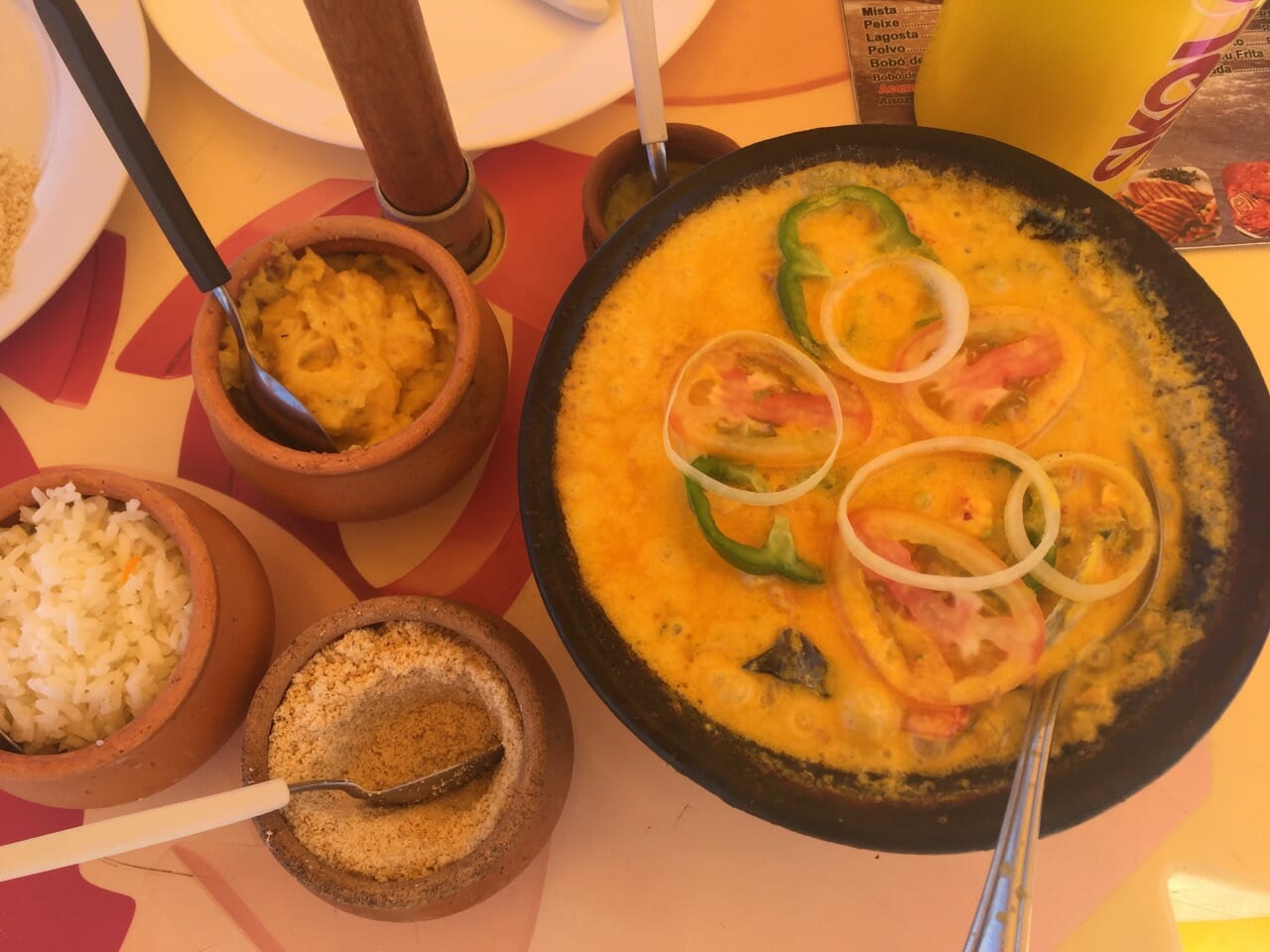
Bahia also features some of the country’s oldest colonial architecture, making it a hotspot for anyone who lusts after timeworn buildings steeped in history.
The city of Salvador beautifully preserves its architectural monuments, magnificent mansions, baroque churches and ancient forts. For some of the greatest examples of the area’s buildings, it is worth taking a stroll around the UNESCO World Heritage Site of Pelourinho to soak up the colonial ambience and cobblestone streets.
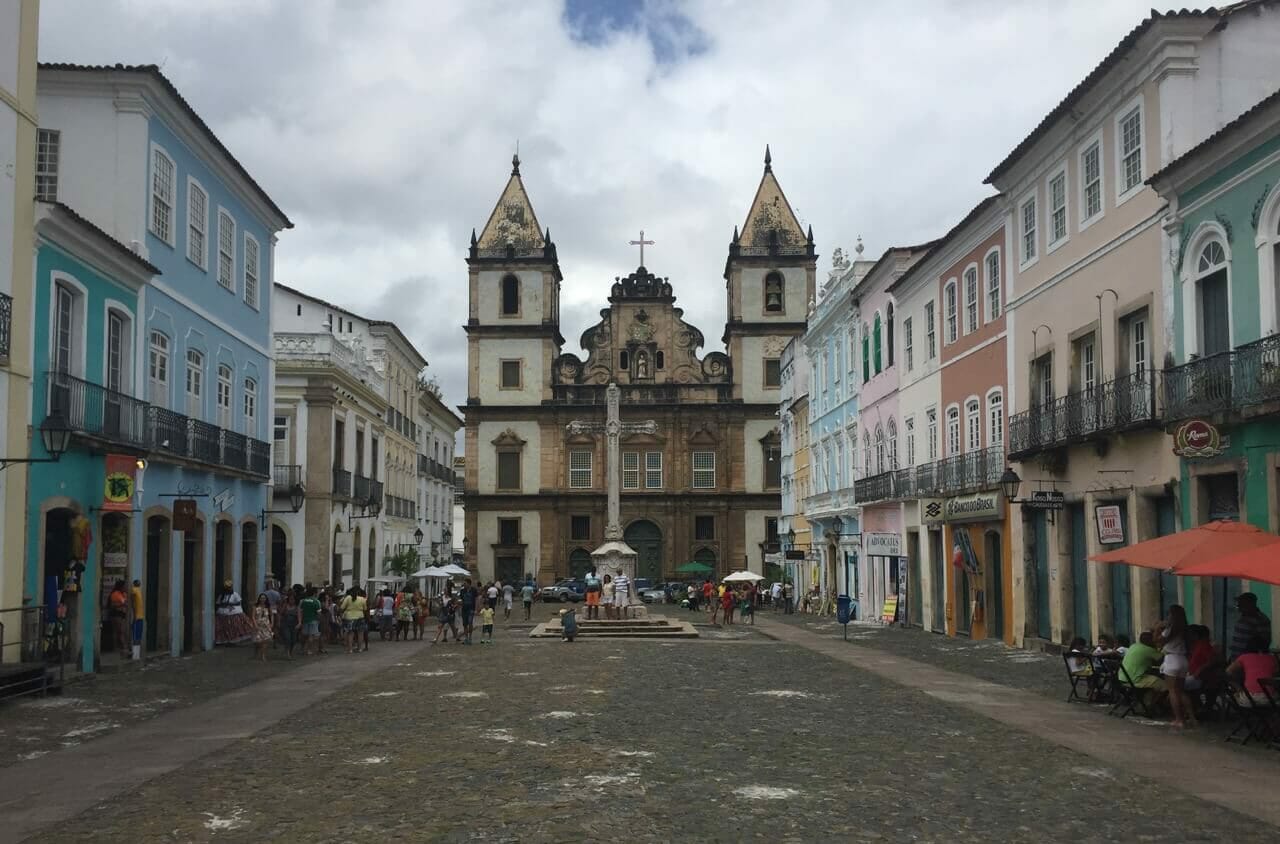
Places to Visit in Bahia
For those who prefer to escape the city, Bahia is also rich with national parks such as the Chapada Diamantina, which offers more than 600 square miles of rafting, canyon climbing, hiking and camping.
Surfers would also do well to pay a visit to the Itacaré: the home to the famous Boca da Barra break, which runs a mile along the coastline. Locals and tourists alike love this area for its choice of 15 Itacaré beaches, local music, relaxed vibe and traditional food.
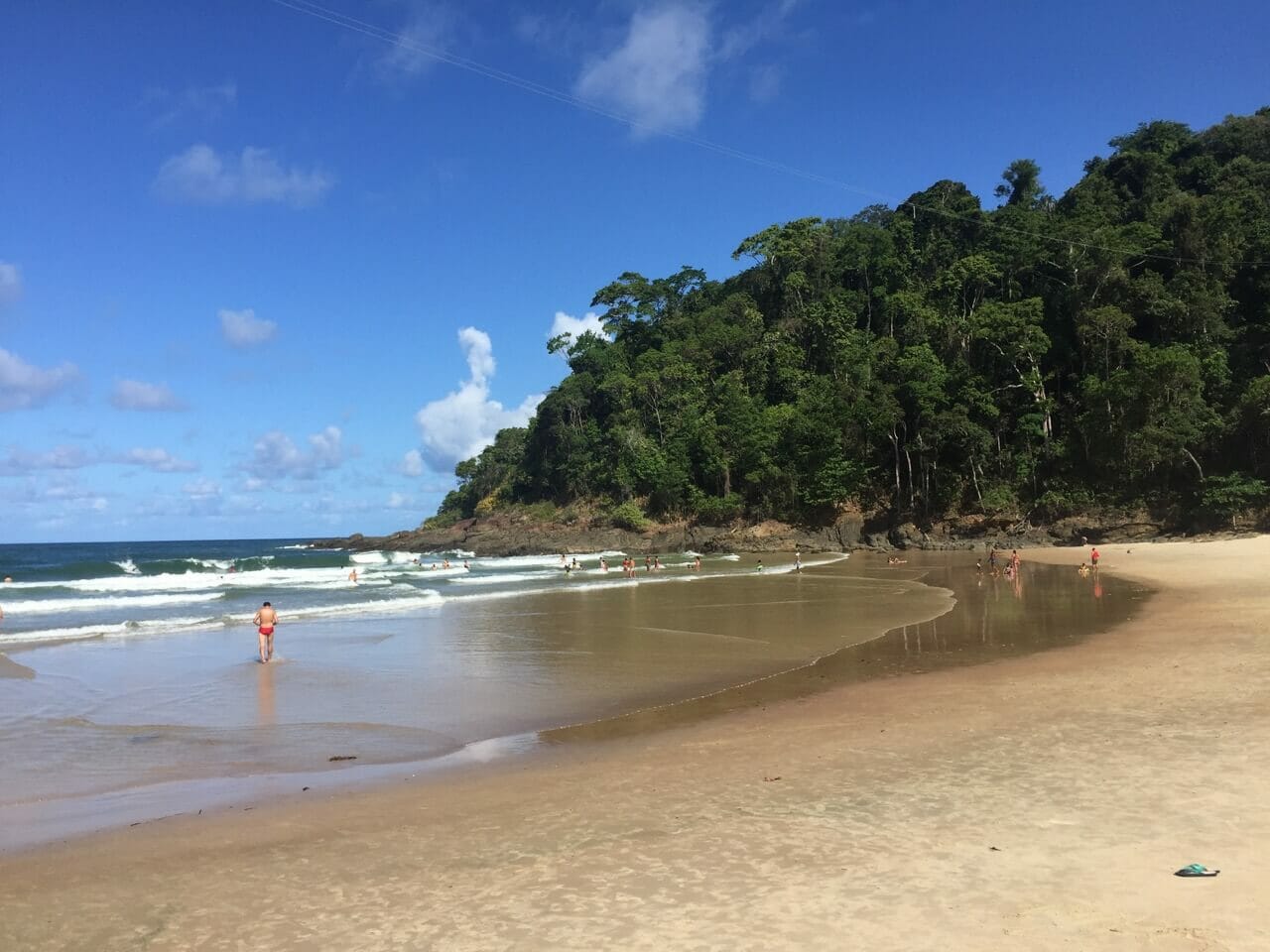
- Planning a trip to Itacaré? Find the best Itacaré hotels here.
There are plenty of other reasons to check out the beaches in Bahia, too, and whale watching in Porto Seguro is one of them. Though it is largely dependent on the seasons, whale watching is well worth the wait thanks to the enormous baleia jubarte, or humpback whales, that migrate through the area. Book yourself on a guided tour to bag a close-up experience with these beautiful creatures and consider it money well spent.
Other places on Bahia’s coastline that are worthwhile visiting are: Morro de São de Paulo, an island part of the Tinhorn Archipelago located in the south of Bahia, 60 Km of Salvador; Boipeba, an island also located in the Tinharé Archipelago elected in 2013 by Trip Advisor as the second best island in South America; Península de Maraú, Ilhéus and Praia do Forte, a fisherman village from the XVI century located 70 km north of Salvador.

There is so much to explore in Bahia that it is unlikely that anyone could leave the area disappointed. The food, coastline, parks and cities have so much to offer that it would be impossible to fit it all in one visit.
Perhaps this means you simply must come more than once.
Planning a Trip to Bahia
- Where is Bahia?
Bahia is located in the northeastern part of Brazil on the Atlantic coast, (check map here).
- How to get there?
There is an international airport in Salvador, Deputado Luís Eduardo Magalhães, and in Porto Seguro; and a domestic airport in Ilhéus. TAP Portugal and Air Europa are the airline companies that connect Salvador with Europe.
You can book your flights with Skyscanner, which is the website that I use and trust.
- Best time to visit Bahia?
You can visit Bahia all year round, but it rains a lot and there are higher levels of humidity between April and June.
The best time to visit Salvador and Porto Seguro is during the summer, from December to March. And if you want to enjoy the carnival you should visit those two cities in February.
- Where to stay?
Salvador Hotels: Sheraton da Bahia and Pestana Convento do Carmo.
Itacaré Hotels: Txai Resort and Ecoporan Hotel Charme Spa & Eventos.
Ilhéus Hotels: Jardim Atlântico Beach Resort and Cana Brava All Inclusive Resort.
Boipeba Hotel: Check Restaurants and Hotels in Boipeba.
- Book Your Flight Find deals on airlines on my favorite search engine: Skyscanner. Be sure to read my How to find cheap flights article.
- Rent A Car Rental Cars is a great site for comparing car prices to find the best deal.
- Book Accommodation Booking.com is my favorite hotel search engine. But Hotels.com and Hilton Hotels have very interesting reward programs.
- Protect Your Trip Don’t forget travel insurance! I always use World Nomads for short-term trips and SafetyWing for long-term ones. Find out why Travel Insurance: Much More Than a Precaution, a Necessity.
- Book Tours in Advance Book unforgettable experiences and skip-the-line tickets with GetYourGuide or Viator .
- Book Ground Transportation BookaWay offers a stress-free experience with secure payments and no hidden fees. You pay online and receive your itinerary by email.
- Luggage Solutions Rent your luggage with Cargo or if you need to drop off your own luggage and enjoy your time without dragging it all over a city, find a LuggageHero shop here.
- Get a Travel Card Revolut Card is a pre-paid debit card that enables cash machine withdrawals in 120 countries. I’ve been using my Revolut Card for over a year and never paid foreign-transaction fees again. Get your Revolut Card with free shipping here.
- Packing Guide Check out my How to Pack a Carry-on Luggage For a Five-month Trip to help you start packing for your trip. Don’t forget your camera, chargers and other useful travel accessories. World Nomads provides travel insurance for travelers in over 100 countries. As an affiliate, we receive a fee when you get a quote from World Nomads using this link. We do not represent World Nomads. This is information only and not a recommendation to buy travel insurance.
